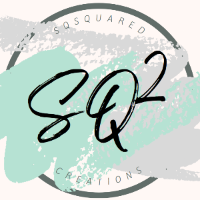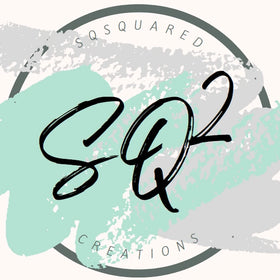This post is part of my “Why Are Quilts So Expensive?” series, where I break down the real costs and work behind each handmade quilt.
- Part 1 – Why Are Quilts So Expensive? A Deeper Look…
- Part 2 – Quilt Pricing: Just How Much Are Materials? (you are here)
- Part 3 – Quilt Pricing: What About My Time?
- Part 4 – Quilt Pricing: Final Thoughts (you are here)
_______________________________________________________________________________________________
In Part 1 of this series, I talked about a typical variation of a meme claiming a handmade lap quilt should cost over $1,200 — and why those numbers don’t tell the full story. In this part, we’re looking at just one piece of the puzzle: materials.
Quilts aren’t made from bargain-bin fabric or thread if they’re meant to last generations. I choose high-quality, durable materials for every quilt I make. The difference? They cost more than mass-produced bedding, but they also last longer, feel better, and keep their beauty after years of use.
Here’s what goes into a typical quilt, with a look at both hobbyist costs and my business costs as a ready-to-ship quilt maker.
Pattern
Patterns can range from free downloads to $20+ for specialty designs. Hobbyists may buy a pattern for a single project, while I use each pattern multiple times to spread out the cost. I only pass that cost into my pricing if it’s a one-time, unique design.
Hobbyist cost: $10 average
Business cost: $10 (spread across several quilts)
Thread
Thread quality matters for durability and feel. I use 100% cotton thread for all my quilts because it pairs beautifully with my fabrics and batting. Hobbyists often buy mid-sized spools for around $14. I purchase large cones with over 6,000 yards for $55 — which works out to $12 per spool’s worth — and saves me time swapping thread.
Hobbyist cost: $14 average
Business cost: $12 average
Quilt Top Fabric
This is where the quilt’s personality comes to life — the colors, prints, and textures you see on the front. Premium quilting cotton runs about $13–14 per yard. Hobbyists may shop per project or hunt for sales. I buy staple background fabrics in bulk and stock up on collections I know my customers will love, using as many of the scraps as possible to keep waste — and costs — down.
Hobbyist cost: $13/yard
Business cost: $13/yard (strategic purchasing)
Batting
Batting is the warm middle layer. Choices vary (cotton, bamboo, wool), and loft changes the feel. Hobbyists usually buy pre-cut batting for around $26. I buy batting by the roll, bringing my per-quilt cost to about $23 — and ensuring I always have it ready to go.
Hobbyist cost: $26
Business cost: $23
Backing
The backing is the third layer of the quilt and finishes the quilt, hiding the quilt top seams and connecting the layers together so they don't shift. Hobbyists often piece standard-width fabrics, which takes extra time and fabric. I typically use 108" wideback fabric — they look seamless, save hours of work, and are cost-effective when you factor in both materials and labor.
Hobbyist cost: $13/yard (2x quilt length)
Business cost: $16/yard (only enough for shortest side)
Example: Material Costs for a Lap Quilt
Using the Anne of Green Gables pattern for the coffee quilt I did for a customer, here’s how the costs work out:
-
Hobbyist: $215.50
-
Business: $196.50 (all yardage priced in)
-
Business: $139.81 (only charging for the material actually used)
Final Thoughts
Even with bulk buying and careful planning, quality materials for a handmade quilt are a significant investment. Unlike mass-produced bedding, where companies pay pennies on the dollar for fabric, independent quilt makers pay much closer to retail prices — and still choose the best available for durability, comfort, and beauty.
In the next part of this series, we’ll look at the other side of the equation: time — and how many hours it really takes to turn these materials into a finished quilt.




Leave a comment